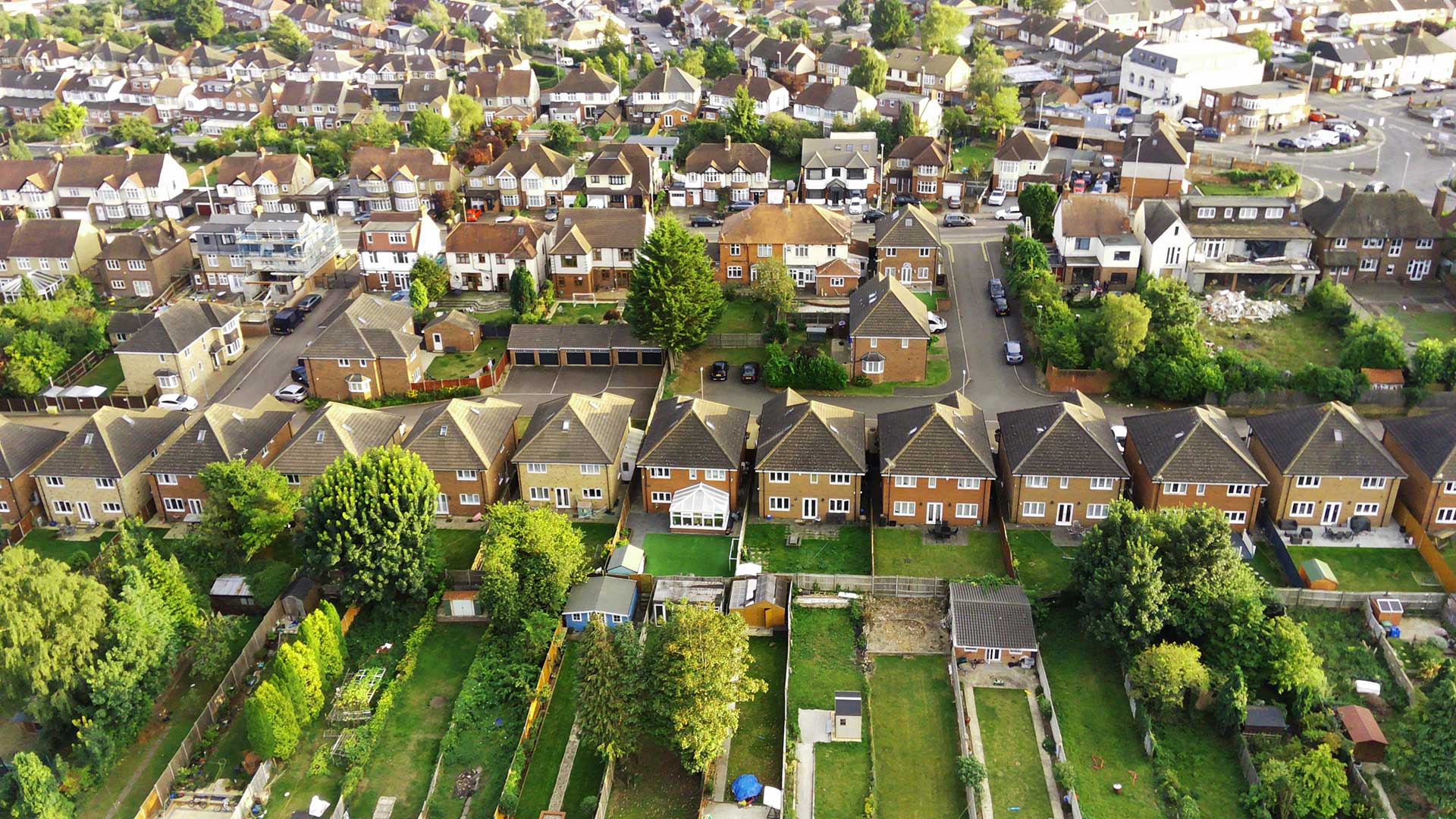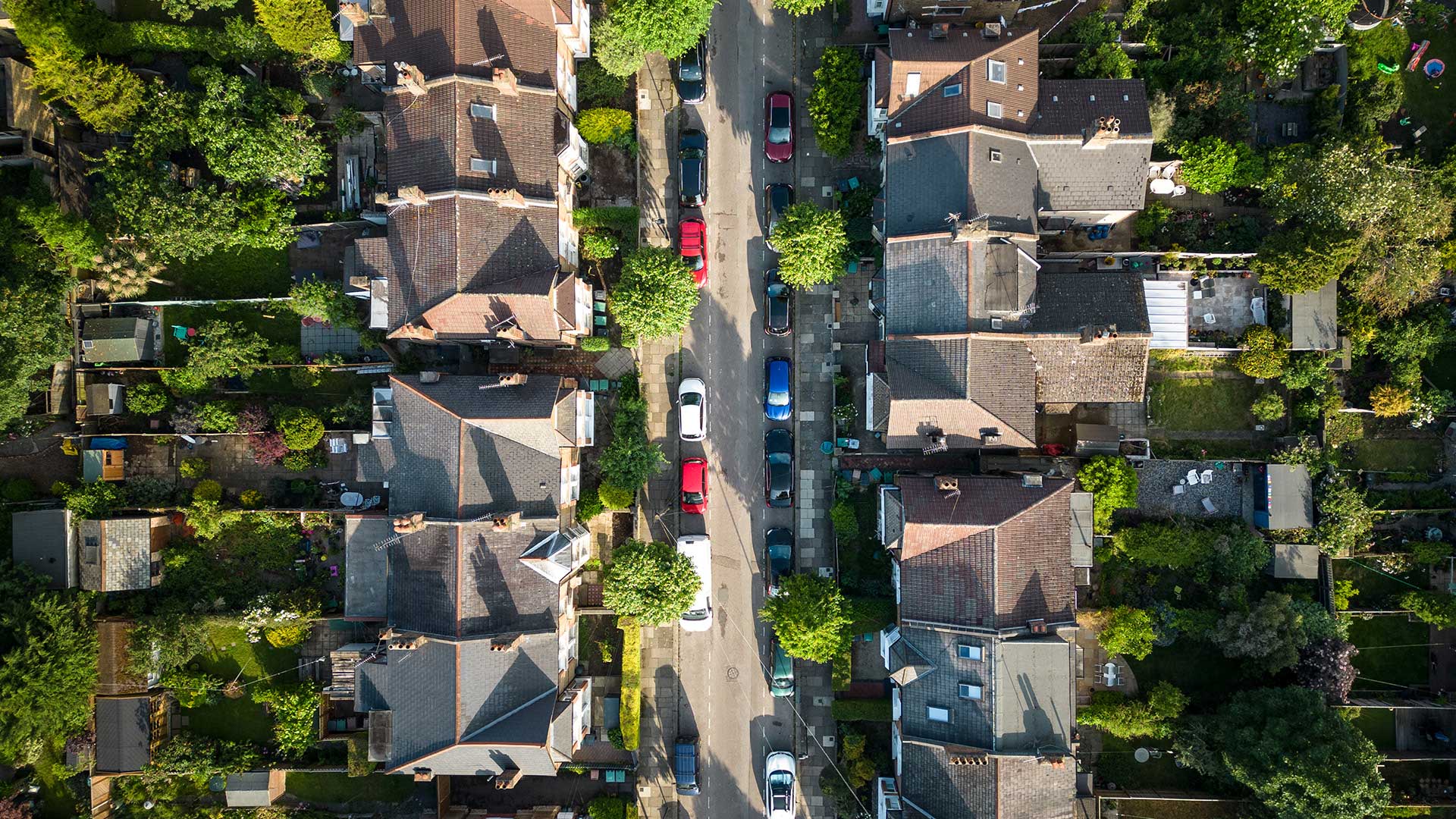Challenge
Decarbonising buildings is a key priority for reaching net zero by 2050. Emissions from heating of domestic homes account for 17% of the UK’s carbon emissions[1] and so households will need to reduce reliance on heating systems which use fossil fuels. At the same time, it is expected that in future large amounts of heat demand will be electrified, increasing overall demand for electricity.
Currently, some households use secondary heating methods (such as electric heaters and gas fires) alongside their primary heating. Some of these forms of secondary heating use fossil fuels, whilst others use electricity. This research was commissioned to understand the use of secondary heating in more detail, including the factors that lead to its use, how often it is used and whether a different form of primary heating, such as a heat pump, might change households’ use of secondary heating.
Approach
We recognised that the factors influencing secondary heating use would likely be complex and nuanced – heavily influenced by routines, financial situation, property limitations, household composition, and emotional relationship with heat and comfort.
To unpick this complexity, we took a dual approach. We firstly carried out online activities with participants, based on an auto-ethnography approach. Participants gave an introduction to their household and reflected on different areas of their life, before submitting photos and videos showing their heating set-up and reflecting on their heating usage.
We followed up this activity with 45 depth interviews, exploring household structures and routines, primary and secondary heating usage patterns and reasons for use, and what factors, if any, would lead participants to reduce their usage of secondary heating.
Impact
Through analysis and systematic mapping of behavioural drivers, we identified that participants wanted their heating to meet four overarching needs: keeping warm, affordability, flexibility and comfort. Primary heating was not always fulfilling these needs, leading to increased reliance on secondary heating options.
Participants were generally not considering reducing or stopping use of secondary heating. This suggests a weak starting point for behaviour change, as it implies that motivation is low. The findings also revealed that there was uncertainty over whether having a heat pump would lead households to reduce use of secondary heating.
Overall, the project distilled insights within a complex topic area and gave the Department for Energy Security and Net Zero a strong evidence base to draw on for future policy around low-carbon heating.
[1] HM Government (2021), Heat and Buildings Strategy
Latest insights
Our latest thinking
Subscribe to receive regular updates on our latest thinking and research across the public policy agenda.
Our expert teams around the world regularly produce research and insights relating to public policy issues.
If you are interested, please provide your details. You can unsubscribe at any time.






